LR44 vs 357 Battery: A Comprehensive Comparison
Batteries play a crucial role in powering various electronic devices, from watches to calculators. Among the commonly used coin-cell batteries, LR44 and 357 stand out as popular choices. This article delves into a detailed comparison between LR44 and 357 batteries, highlighting their features, applications, lifespan, and underlying chemical reactions.
R44 battery can be used for Christmas decorations, small flashlights, Night lights, mini LED lights, Laser pointers, fingerling toys, Children's electric toys, an infant's book, and so on.
LR44 VS 357 battery: Overview
LR44 and 357 batteries are both small button-cell batteries commonly used in a variety of electronic devices. They are very similar in terms of size, voltage, and common applications. They are often interchangeable in many devices, but it's indispensable to check the specific requirements of your device to ensure the appropriate battery is used.
The Energizer 357 battery is a small, round, button-cell battery that belongs to the category of alkaline batteries. It has a diameter of 11.6 millimeters and a thickness of 5.4 millimeters. The battery is also known by its other names, such as SR44, AG13, and LR44, among others, which are the equivalent model numbers for the same type of battery from other manufacturers.
The Energizer 357 battery is commonly used in small electronic devices, including calculators, watches, digital cameras, and some medical equipment, among others. It has a nominal voltage of 1.5 volts and a capacity of about 150 mAh. The battery is also widely available in most stores that sell batteries and can be purchased in individual packages or in larger multi-packs.
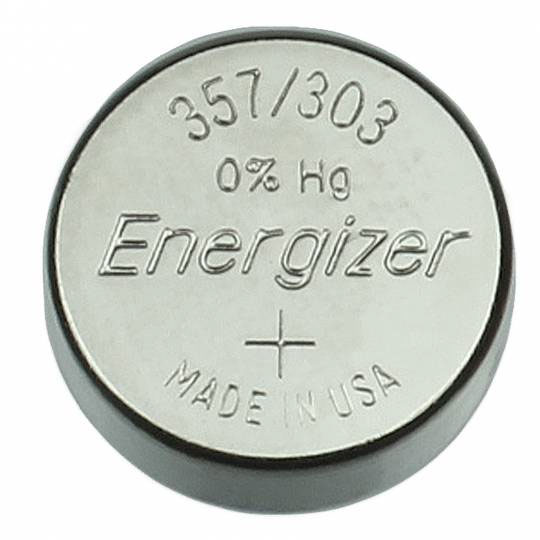
Figure1-357
LR44 is a type of alkaline button cell battery also known as AG13, A76, 357, and several other designations. It is a small, round, and flat battery commonly used in small electronic devices such as calculators, watches, digital thermometers, remote controls, and toys. While LR44 batteries are not rechargeable, they can be replaced when they reach the end of their lifespan. For most applications, an LR44 battery will provide between 50 and 200 hours of power.
LR44 batteries are 11.6 mm in diameter and 5.4 mm thick, and they typically have a voltage of 1.5 volts. They are often sold in multi-packs and are relatively inexpensive. LR44 batteries have a long shelf life and are designed to provide a stable voltage output over a prolonged period of use.
It's important to note that LR44 batteries are not rechargeable and should not be disposed of in regular trash as they contain harmful chemicals. Instead, they should be recycled properly according to local regulations.
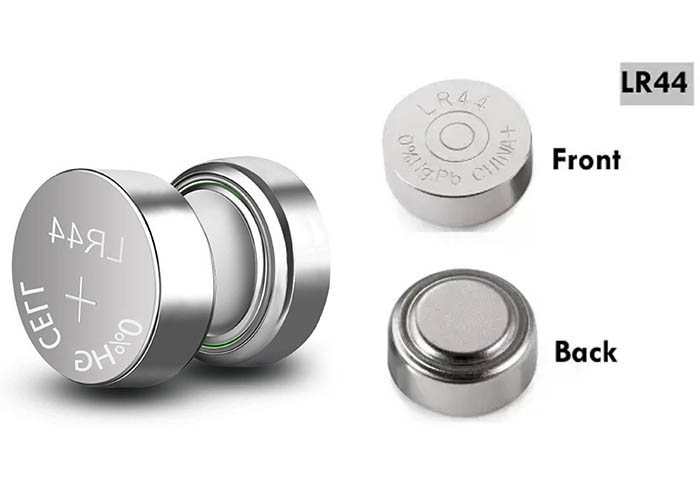
Figure2-lr44
LR44 VS 357 battery: Advantage
357 battery
The Energizer 357 battery has several advantages, making it a popular choice for many small electronic devices. Some of the advantages of the Energizer 357 battery include:
Long-lasting: The Energizer 357 battery has a high energy density, which means it can deliver more power for a longer time. It has a capacity of about 150 mAh, which allows it to power devices for an extended period before needing replacement.
Reliable: The Energizer 357 battery is manufactured to high standards, and it is designed to be reliable and dependable. It has a stable output voltage, which ensures that the devices it powers operate consistently.
Wide compatibility: The Energizer 357 battery is a common size used in many small electronic devices, and it is also available under different model numbers, which makes it compatible with a wide range of devices.
Convenient size: The Energizer 357 battery is small and compact, which makes it easy to carry and store. It is also lightweight, which makes it an excellent choice for portable devices.
Alkaline chemistry: The Energizer 357 battery uses alkaline chemistry, which provides a longer shelf life and better performance in high-drain devices compared to other types of batteries.
LR44 battery:
For most applications, an LR44 battery will provide between 50 and 200 hours of power.
Since LR44 is a flat-shaped battery, people find it difficult to locate the positive and negative terminals. The flat side with markings is the positive terminal and the other side has a small circular protrusion is the negative terminal.
The button batteries are also available in silver oxide chemistry. However, the alkaline variant is the most popular. The battery falls under an affordable range and has an excellent price versus quality ratio.
Another advantage of LR44 is that it is free from toxic materials like mercury or cadmium. Thus they are environmentally friendly and easily disposable. They are lightweight batteries and are thus largely chosen for purposes where weight is a serious concern.
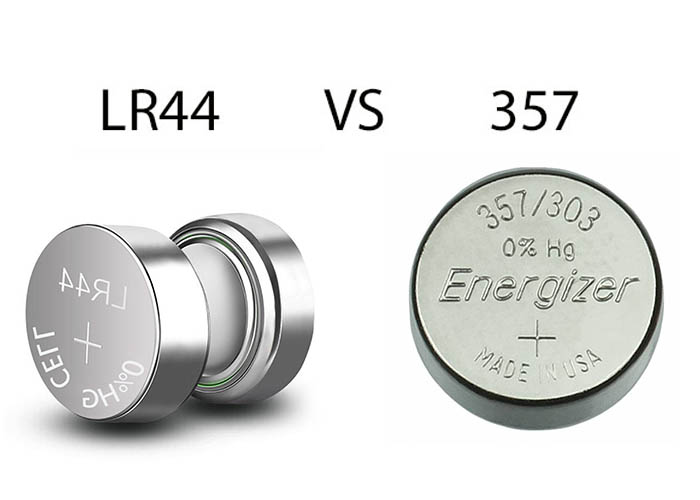
Figure3-lr44 vs 357
LR44 vs 357 battery: Features
LR44 BatteryThe LR44, also known as AG13 or A76, is a small, cylindrical alkaline battery. It measures approximately 11.6mm in diameter and 5.4mm in height. LR44 batteries are known for their high energy density and stable voltage output. They typically operate at 1.5 volts and offer reliable performance for low-drain devices.
357 BatteryThe 357 battery, also known as SR44 or SR44W, is another coin-cell battery widely used in various applications. It shares similar dimensions with the LR44, providing a voltage output of 1.55 volts. Like the LR44, the 357 is also an alkaline battery known for its steady power supply.
LR44 vs 357 battery: Specification
|
TYPE |
DESCRIPTION |
DESCRIPTION |
|
Category |
Battery Products Batteries Non-Rechargeable (Primary) |
|
|
Mfr |
Renata Batteries |
Murata Electronics |
|
Series |
- |
|
|
Package |
Strip |
Bulk |
|
Product Status |
Active |
Active |
|
Battery Chemistry |
Silver Oxide |
Alkaline Manganese Dioxide |
|
Battery Cell Size |
Coin, 11.6mm |
Coin, 11.6mm |
|
Voltage - Rated |
1.55 V |
1.5 V |
|
Capacity |
190mAh |
120mAh |
|
Size / Dimension |
0.46" Dia x 0.21" H (11.6mm x 5.4mm) |
0.46" Dia x 0.21" H (11.6mm x 5.4mm) |
|
Termination Style |
Requires Holder |
Requires Holder |
|
Storage/Refrigeration Temperature |
- |
50°F ~ 77°F (10°C ~ 25°C) |
LR44 vs 357 battery: Application
LR44 battery
LR44 batteries find extensive use in small, portable electronic devices. Due to their compact size and stable output, LR44 batteries are a popular choice for devices with low power consumption.
- Wristwatches
- Alarm clocks
- Thermometers
- Small radios
- Motherboards
- Gun sights
- Electronic keys
- Laser pointers
- Calculators
- Cameras
- Dog collars
- Medical devices
357 battery
The 357 battery, with its slightly higher voltage output, is often utilized in precision instruments that require accurate and consistent power. The 357's suitability for precision applications makes it a preferred choice in these contexts
Some popular devices using the 357 silver oxide:
- HP Calculator HP32S
- Texas Instruments TI-30Xa Scientific Calculator
- Micro-Tech XMT-300 Digital Pocket Scale
- Sharp EL-733A Calculator uses 2
- Medtronics INSULIN PUMP 508 TAYLOR 9878 Digital Thermometer
- Digital Voltmeter Model DM78
- Oregon Scientific model NAW-882EXL electronic thermometer
- Micronta LCD Travel Alarm Clock
- portline 345 Pedometer
- HP Calculators HP-17BII HP-20S 12C 38C
- Children talking books
LR44 vs 357 battery: lifespan
Both LR44 and 357 batteries have a relatively long shelf life, making them suitable for storage. On average, they can maintain their charge for up to 5 years if stored properly in a cool, dry place. However, their actual lifespan in a device depends on factors such as usage patterns and the specific power requirements of the device.
LR44 vs 357 battery: Chemical Reaction
The chemical reaction formula for a 357 battery is as follows:
Silver Oxide (Ag2O) + Zinc (Zn) = Silver (Ag) + Zinc Oxide (ZnO)
In the battery, the silver oxide acts as the positive electrode (cathode) and the zinc as the negative electrode (anode). During operation, the silver oxide reacts with the zinc to produce silver and zinc oxide, generating an electric current.
The chemical reaction formula for an LR44 battery is as follows:
Manganese Dioxide (MnO2) + Zinc (Zn) = Manganese (Mn) + Zinc Oxide (ZnO)
In the battery, the manganese dioxide acts as the positive electrode (cathode) and the zinc as the negative electrode (anode). During operation, the manganese dioxide reacts with the zinc to produce manganese and zinc oxide, generating an electric current.
lR44 vs 357 Dimension Diagram
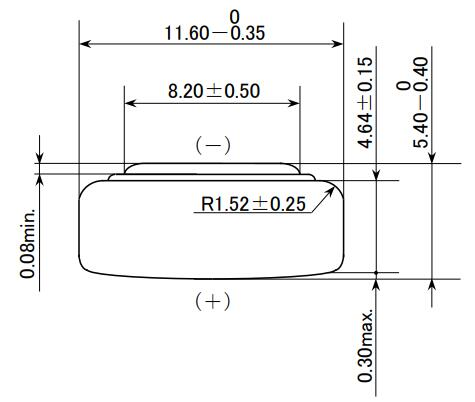
Figure4-LR44 Battery
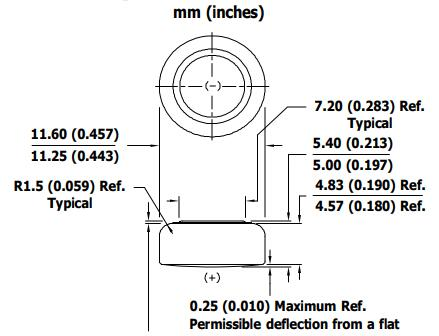
Figure5-357 Battery
Is 357 the Equivalent of an LR44 battery?
The 357 and LR44 batteries employ different materials and chemical processes to produce power. The silver oxide 357 battery works better than the alkaline LR44 battery. The 357 battery maintains a constant voltage of about 1.55 volts until its chemical energy is almost entirely used up, at which point the voltage drops sharply. The voltage of the LR44 alkaline battery decreases steadily throughout its discharge lifetime.
Although devices need a constant voltage, the 357 and LR44 batteries can be used interchangeably for most applications. The 357's capability at constant voltage makes it useful for devices like precision calipers and some timepieces. Devices with higher energy requirements benefit from the 357's increased useable capacity.
What are the Equivalents of an LR44 battery?
The LR44 battery, also known as AG13, A76, or 76A, has several equivalent battery types due to the various naming conventions used by different standards organizations. Here are some of the common equivalents:
- AG13: Ag13 is commonly used in the United States. It is another alkaline option that has a similar size and voltage to the LR44. It has a slightly lower capacity than the LR44, but can still be used in some devices that require LR44 batteries.
- A76: A76 is another common name in the United States. A76 is also an alkaline battery that is a little bit larger than LR44. The capacity and voltage are the same as LR44. But in certain devices, A76 can maintain a longer time than LR44
- LR1154: LR1154 is commonly used in Europe. It shares the same size as LR44. The only difference between them is the manufacture and the specific chemistry used.
- SR44: SR44 is commonly used in photography equipment. It has the same size and shape as the LR44, but It has a slightly higher voltage than the LR44 (1.55 volts vs. 1.5 volts) and a longer lifespan.
- 303 (Commonly used in Canada) The 357/303 battery is also a silver oxide battery that is commonly used in used in Canada. It has the same voltage as the LR44 (1.5 volts) but a higher capacity, which means it can last longer than the LR44.
These are all equivalent batteries with similar specifications in terms of size, voltage (1.5 volts), and capacity. They can often be used interchangeably in devices that require an LR44 battery. However, it's always a good idea to check the specific requirements of your device to ensure compatibility.

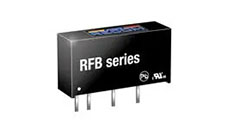 DC-DC converter RFB-0505S: Specification,Datasheet,Features and Applications6/13/2024 473
DC-DC converter RFB-0505S: Specification,Datasheet,Features and Applications6/13/2024 473The RFB-0505S is a DC-DC converter from RECOM Power, Inc., belonging to the RFB Series. It features a Single In-Line Package (SIP7) and provides a single unregulated output. This converter offers 1 watt of power with an output voltage of 5V and is rated for an isolation voltage of 1kV.
Read More >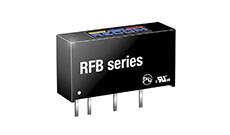 Understanding the RFMM-0505S DC-DC Converter: A Comprehensive Guide6/4/2024 659
Understanding the RFMM-0505S DC-DC Converter: A Comprehensive Guide6/4/2024 659In the world of electronics, ensuring efficient power management is crucial for the performance and reliability of devices. One of the key components in achieving this is the DC-DC converter. Today, we dive into the specifics of the RFMM-0505S DC-DC converter, exploring its features, applications, and benefits.
Read More >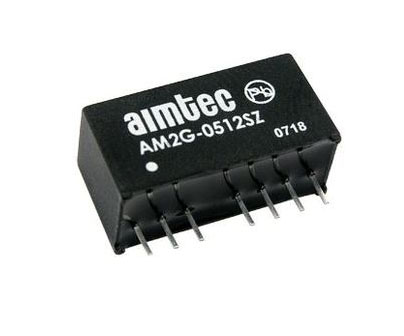 12V DC-DC Converter AM2G-0512SZ: Specifications, Datasheet, Applications and Features6/3/2024 563
12V DC-DC Converter AM2G-0512SZ: Specifications, Datasheet, Applications and Features6/3/2024 563A DC-DC converter is an essential electronic device to convert a direct current (DC) source from one voltage level to another. These converters are widely employed in various applications, including portable electronic devices, automotive systems, and renewable energy installations.
Read More >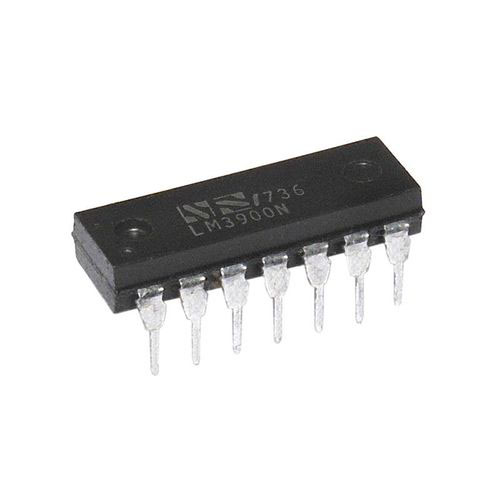 What is LM3900 Quadruple Norton Operational Amplifier?5/30/2024 1164
What is LM3900 Quadruple Norton Operational Amplifier?5/30/2024 1164The LM3900 consists of four independent dual-input internally compensated amplifiers. These amplifiers are specifically designed to operate on a single power supply voltage and provide a large output voltage swing. They utilize current mirrors to achieve in-phase input functionality. Applications include AC amplifiers, RC active filters, low-frequency triangle waves, square wave, and pulse waveform generation circuits, tachometers, and low-speed, high-voltage digital logic gates.
Read More >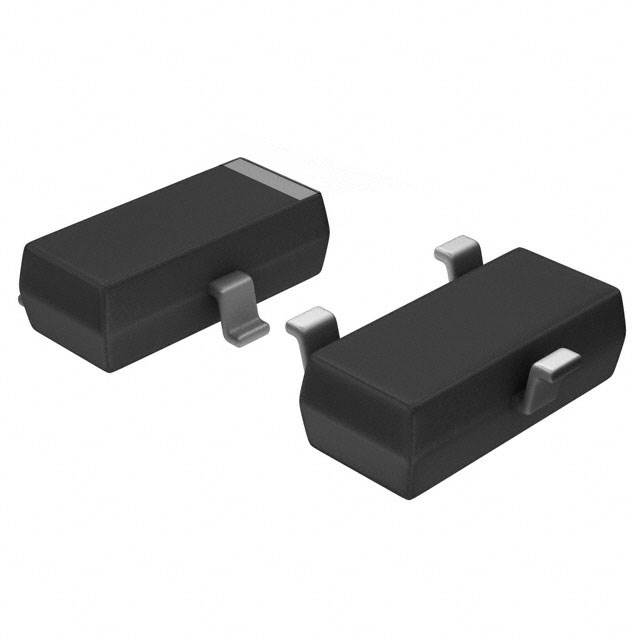 Exploring the MMBT3906 Transistor: A Comprehensive Guide5/24/2024 812
Exploring the MMBT3906 Transistor: A Comprehensive Guide5/24/2024 812The goal of the Taiwan Semiconductor MMBT3906 PNP Bipolar Transistor is to provide a high surge current capability with minimal power loss. This transistor is perfect for automated installation and has high efficiency.
Read More >














